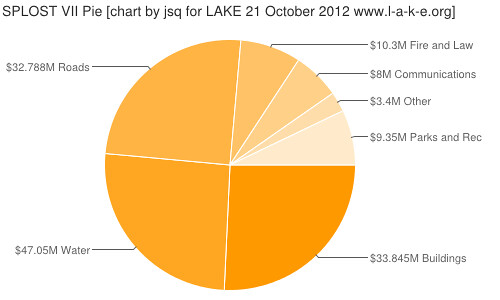If you think of nuclear reactors as something far away, or as much safer than Fukushima, you’re in for a surprise. The most notorious reactors are the ones not yet built, units 3 and 4 at Plant Vogtle near Augusta and their famous financial boondoggle. But others are closer, older, and more numerous than you may know.
Here’s a map by the Nuclear Regulatory Commission (NRC).
That map’s not clickable, so here’s a table, selected from an NRC table by distance from Valdosta:
| Name | Owner | Where | Distance from Valdosta |
|
|---|---|---|---|---|
| Hatch 1 & 2* | SNOC | 11 miles N of Baxley, GA | 100 miles | |
| Farley 1 & 2 | SNOC | 18 miles SE of Dothan, AL | 125 miles | |
| Crystal River 3 | PGN | 80 miles N of Tampa, FL | 160 miles | |
| Vogtle 1 & 2 | SNOC | 26 miles SE of Augusta, GA | 200 miles | |
| Summer | SCEG | 26 miles NW of Columbia, SC | 300 miles | |
| Saint Lucie 1 & 2 | FPL | 10 miles SE of Ft. Pierce, FL | 325 miles | |
| Oconee 1,2,3 | Duke | 30 miles W of Greenville, SC | 330 miles | |
| Robinson 2 | PGN | 26 miles NW of Florence, SC | 350 miles | |
| Sequoya 1 & 2 | TVA | 16 miles NE of Chattanooga, TN | 360 miles | |
| Catawba 1 & 2 | Duke | 18 miles S of Charlotte, NC | 390 miles | |
| McGuire 1 & 2 | Duke | 17 miles N of Charlotte, NC | 410 miles | |
| Browns Ferry 1,2,3* | TVA | 32 miles W of Huntsville, AL | 410 miles | |
| Turkey Point 3 & 4 | FPL | 20 miles S of Miami, FL | 440 miles | |
| Brunswick 1 & 2* | PGN | 40 miles S of Wilmington, NC | 480 miles | |
| Waterford 3 | Entergy | 25 miles W of New Orleans, LA | 495 miles | |
| Shearon Harris 1 | PGN | 20 miles SW of Raleigh, NC | 498 miles | |
| * GE Mark I; Duke: Duke Energy Power Company, LLC; Entergy: Entergy Nuclear Operations, Inc.; FPL: Florida Power & Light Co.; PGN: Progress Energy; SCEG: South Carolina Electric & Gas Co.; SNOC: Southern Nuclear Operating Company; TVA: Tennessee Valley Authority | ||||
Five operating nuclear power reactors are closer to us Continue reading

















